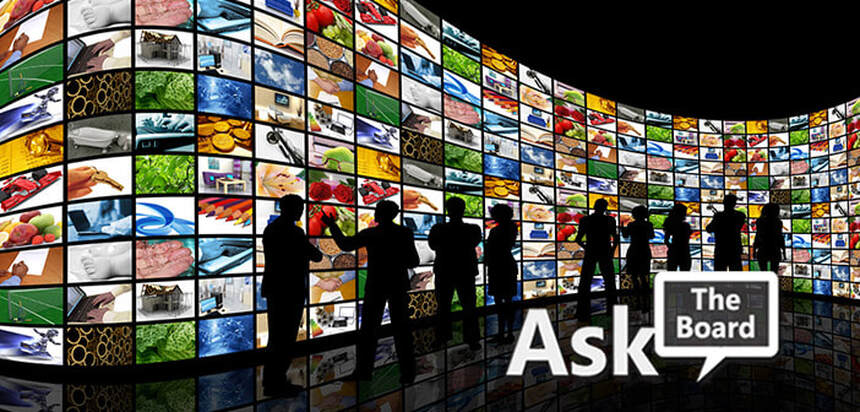|
Explore best practices in playlist size: What’s the optimal number of messages for audiences? There is no one size-fits-all solution, so how are system owners handling this? With so many types of digital experiences these days, determining effective playlist strategies can be very challenging. There is no one-size-fits-all formula to doing this. However, there are a few considerations that can help you make more informed decisions.
The most important factor is knowing who your audience will be and creating content that aligns with their needs, interests and attention spans. This will be vital to do before developing playlist strategies can effectively happen. In order to know your audience, it is important to understand the location in which the experience will exist and study the various people who frequent this location. Out of this mix of people, you should then establish your desired target audience. While the messaging may be experienced by many different types of viewers, it is practically impossible to effectively target everyone. Targeting a specific viewer type or persona does not mean that you are excluding people who do not fit your criteria. Rather, targeting allows you to focus your content type, length and frequency to a specific demographic or persona type. This is sometimes done by catering to the audience who frequents the location your digital will be shown and would be most likely influenced by your content or would most benefit by it. In a commercial context, you would most likely target those who would be most likely to buy your product or service. Establishing a target can be a more affordable, efficient, and effective way to reach potential clients and generate business. Understanding factors like age, sex, education level, income and other lifestyle preferences can all help to narrow the focus of your target audience. The next step is to understand how much (dwell) time the target audience will be exposed to the content. Once this is established, determining some high-level percentage breakdowns for the different types of content that will be shown can be planned. The amount of content and its frequency of play should be balanced to the amount of dwell time by the target. One way to unwittingly have the audience tune out the content and directly decrease audience engagement is replaying the same message over and over. We must share fresh content with our audience during their entire duration of time exposed to the digital experience. It is vitally important to know roughly how long viewers will dwell or remain near the digital experience. This may change at different times of the day or days of the week. If this is the case, a day-part strategy should be considered to increase probability of maximum content exposure and retention. Additionally, consider that digital signage is typically a disruptive medium. Most people don’t make it a point to go out and look at digital signage. Knowing this, content loops typically are kept shorter in length. Unfortunately, there is no set duration and dwell time needs to be optimized on a case-by-case basis. You may want to test different content loop lengths and different frequency of play schedules to refine the best formula for your particular deployment. There are many more factors that go into the science of effectively engaging and retaining your audience. Play-list strategy forms one of many parts that go into developing a proper content strategy. You should really consider seeking professional help in creating effective content and building a proper digital experience strategy. Marcos Terenzio
0 Comments
Leave a Reply. |
Archives
April 2021
Insights LinksView more of my industry thought leadership and educational insights:
SEGD Educator, Member, and Speaker
RGD Mentor, Member, and Educator
Digital Signage Federation
Toronto Council Board Member, Educator, and Speaker Digital Signage Connection
Content Advisory Board DSE Advisory Board
|







